Addressing the Urban Forestry Labor Shortage
A Companion Blog to the Internet of Nature Podcast Season 5, Episode 6
May 12, 2023 | Alec Sabatini

Help Wanted
You see this message in various forms plastered everywhere these days. Many industries are feeling the strain of a skilled labor shortage and urban forestry is no exception.
With government funding spiking and an abundance of tree planting goals (some 9 digits long!), we need more hands on deck to keep up with the demand for greener cities. In episode six of the Internet of Nature Podcast, Dr. Nadina Galle spoke with Leslie Berckes, Executive Director of the Society of Municipal Arborists, on practical tips for inspiring a sustainable, diverse urban forestry workforce.
On The Urban Forestry Labor Shortage
Leslie felt it first hand at Trees Forever, the Iowa and Illinois nonprofit she worked at for 11 years. Since COVID, they were receiving fewer applicants for open positions. Additionally, recent hires tended not to stay as long. Turnover, especially in younger employees, was high. These two trends are being felt all over.
While the pandemic, an impending recession, a battle with inflation, and mass layoffs are all clear contributors to America’s labor market struggles, there is an underlying current at play: demographics. The workforce is going through a generational shift, and ideas and expectations on work are shifting too.
Younger workers are focusing more on how much time they spend working as opposed to living, and often have a strong desire to work towards something that feels meaningful. This ideology shift has pros and cons in urban forestry. It means younger employees may move on from positions if it doesn’t feel appropriately engaging. The good news is urban forestry provides extremely meaningful work.
It’s an opportunity to support both people and the planet. In this era of eco-anxiety, many folks feel at a loss for what to do. Younger generations see their future in jeopardy, have ideas of what needs to be changed, and are motivated to make a difference. Urban forestry offers a chance to work towards something society needs, and to do something you love.
It is a chance to shape what our future human habitat looks like. It’s an industry with true potential to land someone in the middle of an ikigai diagram. The challenge is then how to get these job opportunities seen and appreciated.
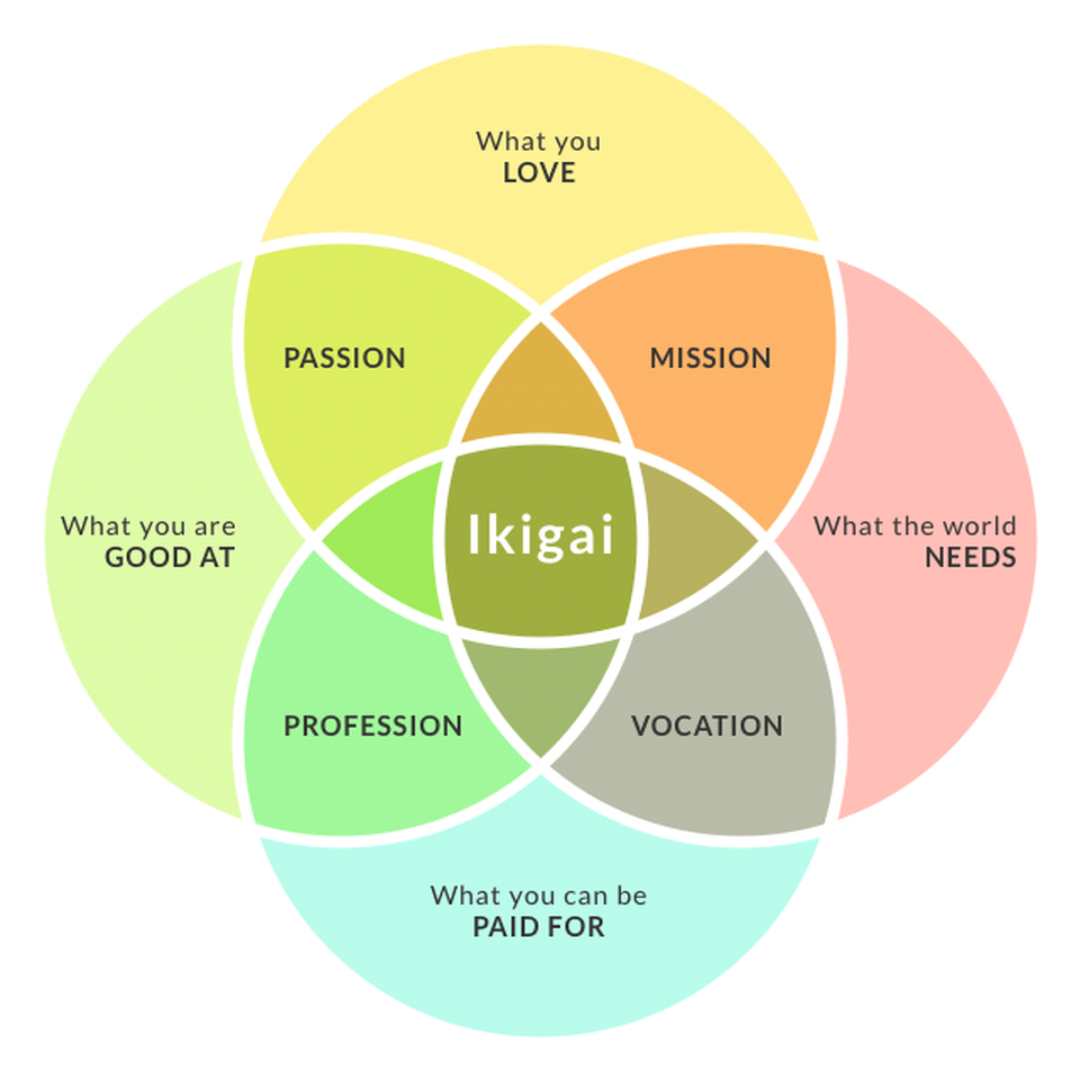
The four elements of the Ikigai Venn diagram
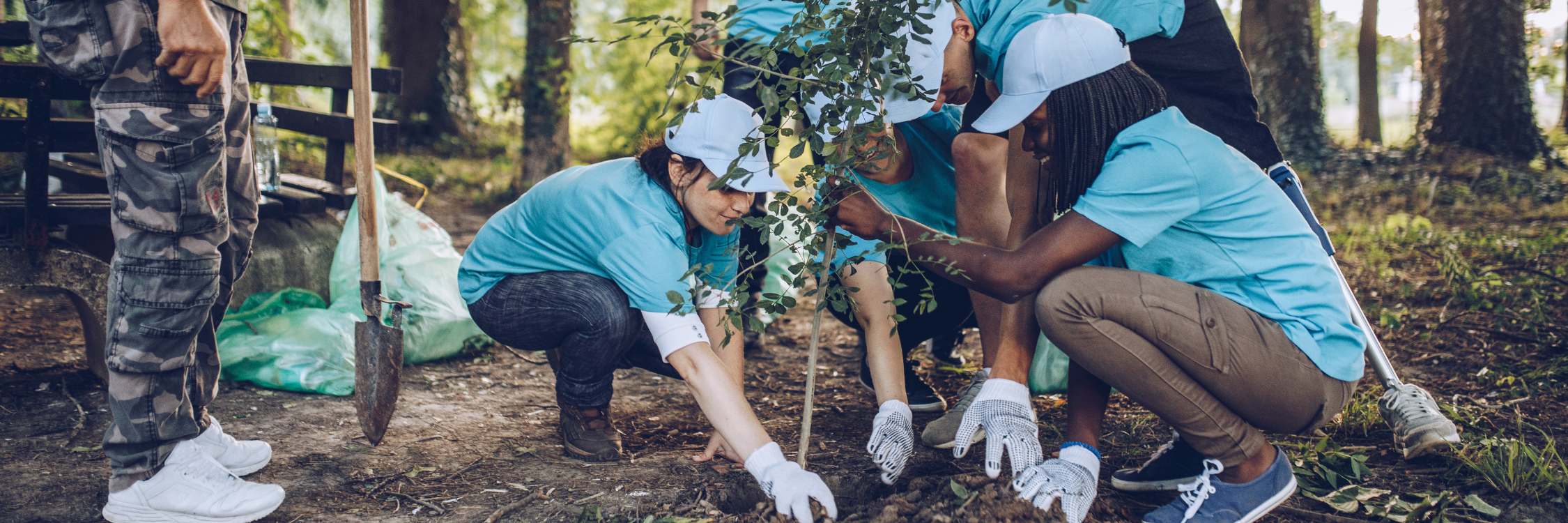
Youth Employment Programs
A major part of the new workforce solution is reaching young people with urban forestry projects and ideas. Leslie shared her experience creating a youth employment program, Growing Futures, that provided a win-win for Trees Forever and teen employees.
Trees Forever was only able to get so many trees in the ground with volunteers. They would also forgo certain planting locations because they had to rely on property owners to maintain trees. By employing teens they have been able to complete more tree planting and maintenance, while providing these young employees with a competitive wage and valuable job skills.
Leslie was inspired after seeing a similar program succeed in Indianapolis, and stressed it takes time to get such programs off the ground. Slowly but surely she convinced key players, the city forester, the public works director, the city manager, and gathered sufficient funding. Now over 80 young adults have gained valuable work experience while helping Trees Forever meet its goals. Some of these kids have gone on to get forestry degrees and work in the industry, but even if that’s not the case this program can still have a lasting influence.
“Even if they don’t go into forestry, they will be carrying a little bit of nature with them, a greater love and knowledge of trees. They can still be an advocate for trees in their future job and personal life.”
-Leslie Berckes

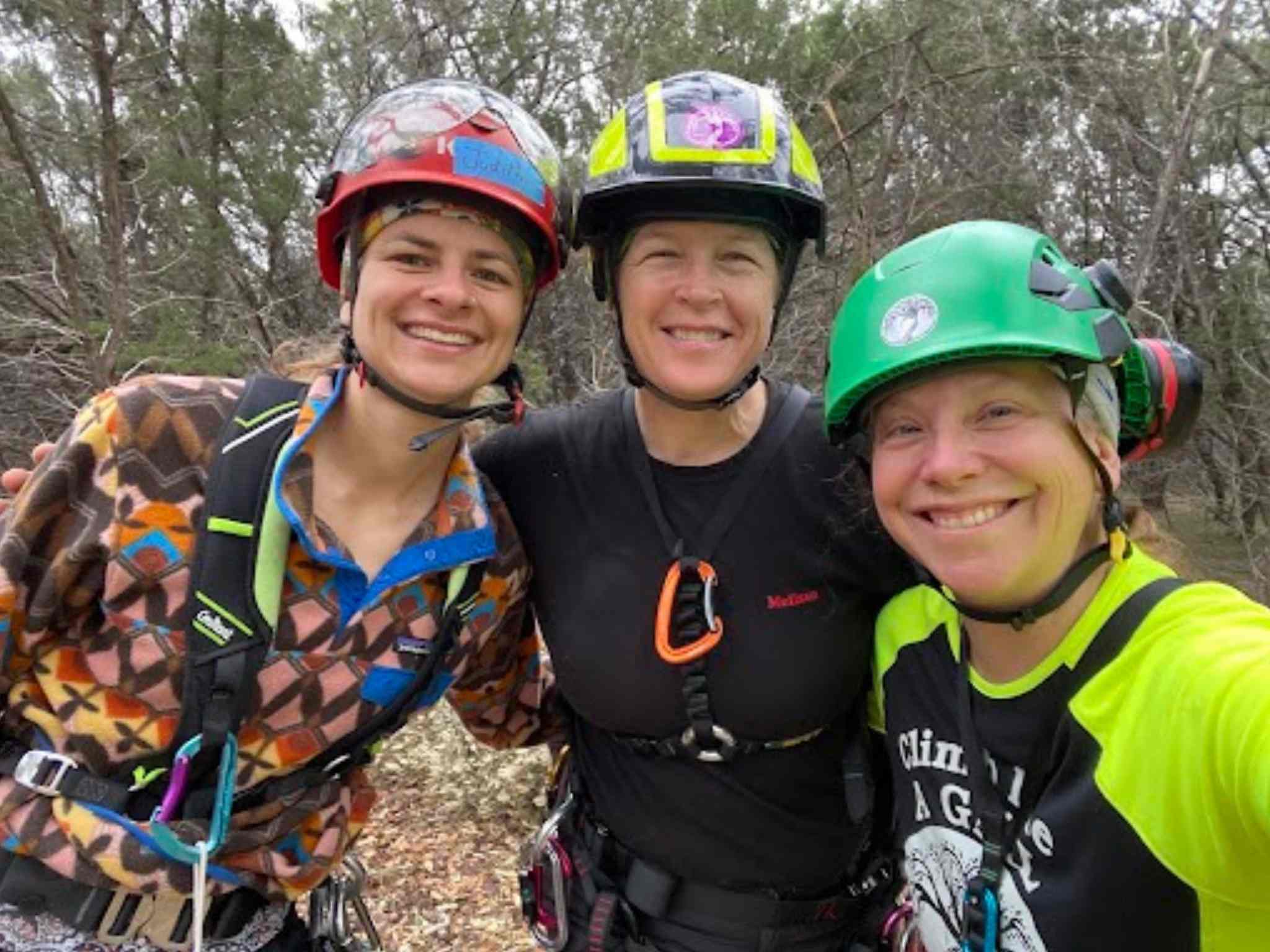
Different Angles of Appeal
Urban forestry offers a lot of different ways to play. Leslie broke down how the industry can be approached from a few angles, depending on what resonates with people.
There’s the outdoor angle. Arborists get to work outside doing hands-on work in and around trees. That has serious appeal to some. Leslie saw first-hand in their youth employment program teens who struggled to engage in typical classroom settings came alive while working outdoors.
There is the planning angle. For those more comfortable at a desk, plotting out big picture goals, working at a landscape scale, and crafting plans on how to shape the urban forest with maps and data.
There is the political angle. Political savviness is a must for urban foresters. A city arborist is often asked last or near to last to weigh in on decisions. It’s incumbent on city arborists to be strong advocates and influence decision-makers to get trees the support they need.
Of course, roles can contain all three of these angles, and that variety can be a draw too. That’s what pulled Leslie in. A chance to be physically active outdoors planting trees, while making plans for where they should go, and convincing others why it needed to happen.
What the Society for Municipal Arborists Is Working On
The Society of Municipal Arborists (SMA) is a membership organization for anyone working with trees in urban areas, whether with a city, nonprofit, or private company. Leslie explained SMA’s work as a series of goals built on one another. They want to get more trees in the ground, and that means getting more urban forest managers.
Doing that starts with supporting educational programs and the students in those programs. To that end, student membership is the fastest-growing sector of SMA. Another strategy is focusing advocacy on high-level groups, such as national parks and recreation organizations and city manager associations, to increase urban forestry positions and funding. The hope is if SMA can get ideas into the minds of government decision-makers, it will be easier for individuals in each city to make their own arguments for additional staff and new projects.
SMA is still working on how to leverage the federal IRA funds. One possibility is to become a pass-through funder, by applying for a large sum and then re-granting money to other organizations. IRA applications are due June 1st. We will update our own grants resource page with any re-granting opportunities that open up.

Thanks for plugging into the Internet of Nature today. Speaking a job opportunities, we currently have several open positions at PlanIT Geo. Tune in May 17th for Episode 7: How Can We Align Urban Forestry and Municipal Climate Change Policy with Brett KenCairn, the City of Boulder’s Senior Policy Advisor for Climate Action and Director of the Center for Regenerative Solutions.
Related Resources
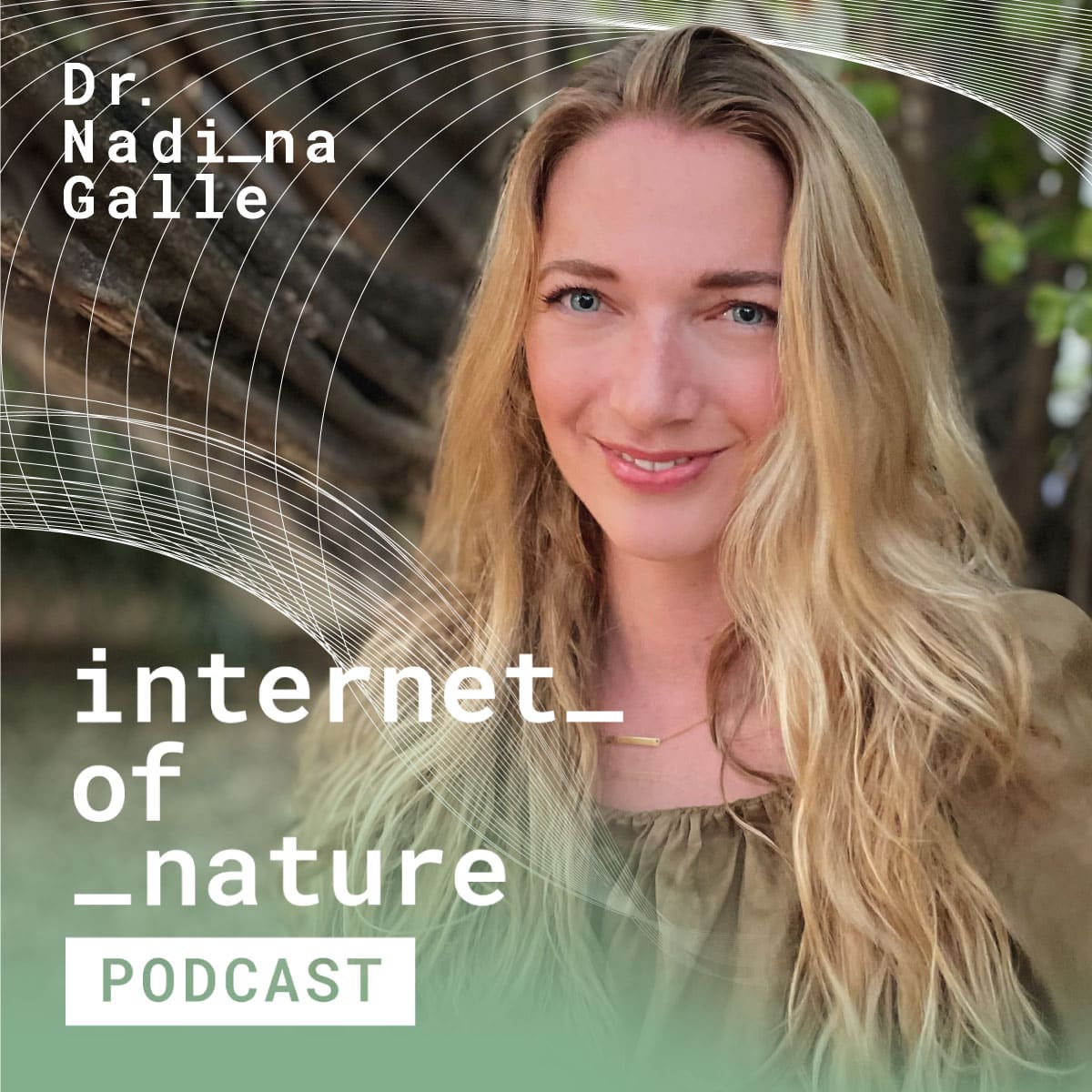
PlanIT Geo Partners with the Internet of Nature Podcast
The Internet of Nature Podcast, created and hosted by Dr. Nadina Galle, uses interviews with thought-leaders and innovators to answer the question: Can nature and technology — long viewed as opposing forces — work together to create liveable cities and improve public health?

Decode Municipal Tree Ordinances
This ON DEMAND WEBINAR shares best practices and real-life examples of why having clear tree ordinances in place help communities reach their urban greening goals and offer realistic first steps to understand existing codes and determine what primary improvements or goals you’d like to achieve and where to find assistance.
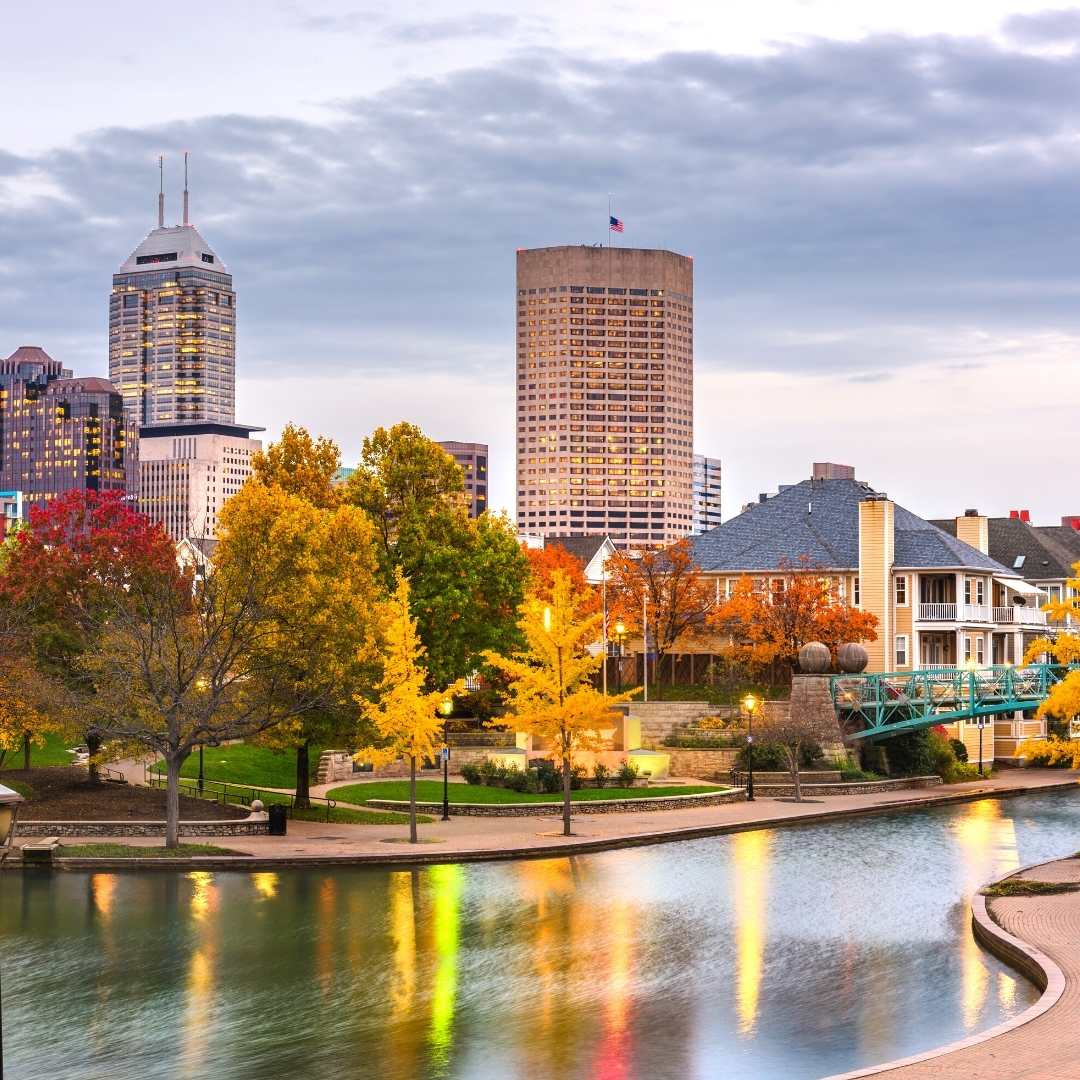
Urban Forestry Grant Resources
Looking for urban forestry funding? You’ve come to the right place. Scroll down to look through our continuously updated list of urban forest grant opportunities, organized by region and state.

From Canopy to Policy
Urban tree canopy assessments have experienced major innovations over the last few years and canopy data is more accessible than ever before. Now that canopy data is abundant, how can we translate that information into inclusive and effective policies for equitable urban forestry? We developed this guide to answer that question.
Stay Up To Date With The Latest News and Events
Join Our Community
Stay informed on the urban forestry industry with our monthly TREEbune newsletter, live webinars, and industry-specific content delivered to your inbox.
Urban Forestry Webinars
PlanIT Geo has a substantial on-demand webinar library. Get CEU credits, grow your knowledge base, and stay current on cutting edge industry technology.
Follow Us
We love to share industry-related news, software tutorials, blogs, and company news across our social channels.
Stay Up To Date With The Latest News and Events
Join Our Newsletter
Stay informed on the urban forestry industry with our monthly TREEbune newsletter, live webinars, and industry-specific content delivered to your inbox.
Urban Forestry Webinars
PlanIT Geo has a substantial on-demand webinar library. Get CEU credits, grow your knowledge base, and stay current on cutting edge industry technology.
Follow Us
We love to share industry-related news, software tutorials, blogs, and company news across our social channels.
